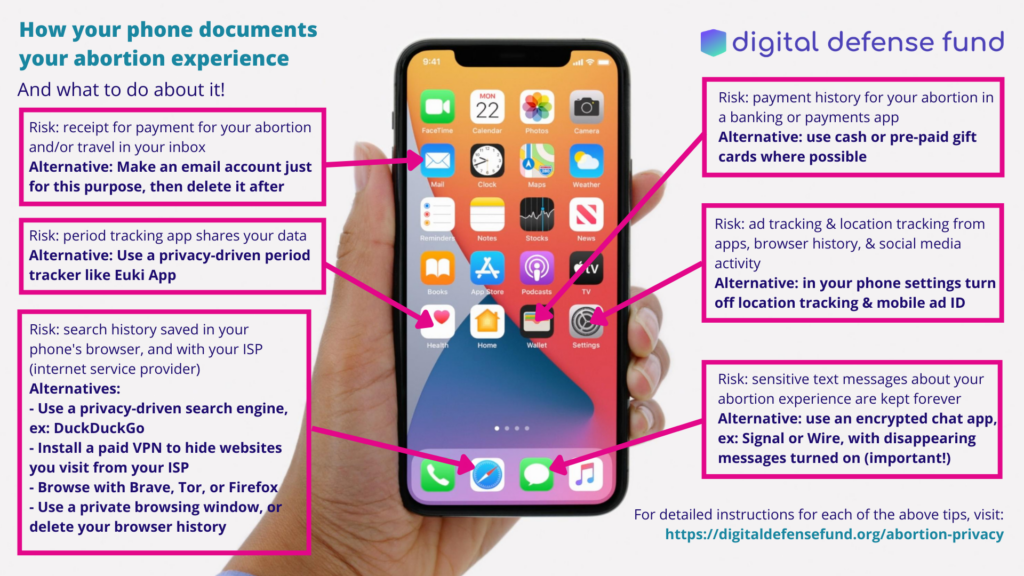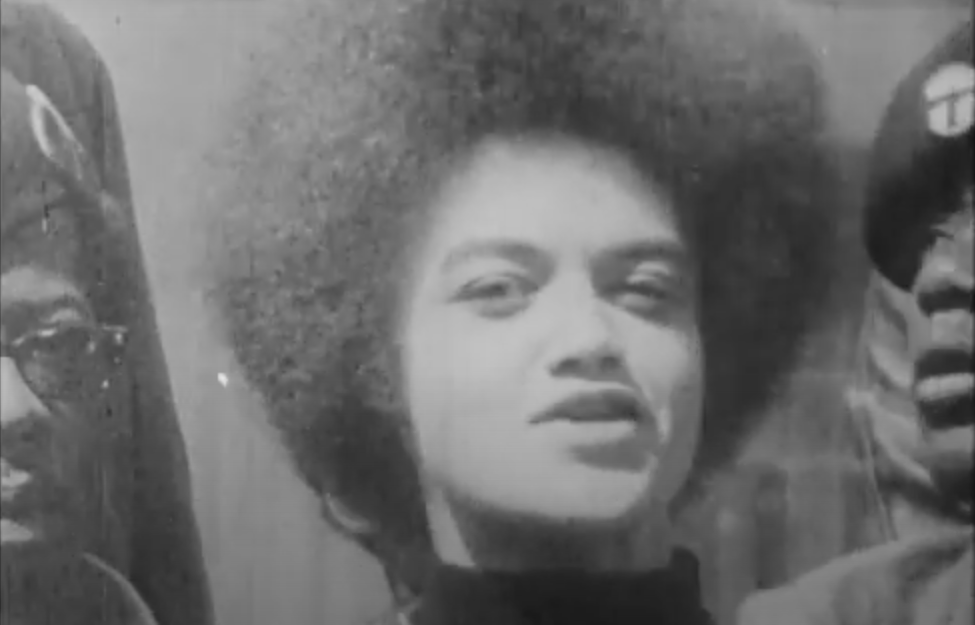A recent news story got me thinking about land acknowledgements.
On Friday 15 November, Brown University transferred possession of 255 acres of land in Bristol, Rhode Island, to a preservation trust established by the Pokanoket Indian Tribe. The land was the ancestral home of Metacom, known by English settlers in the 17th century as King Phillip; it was he whom King Phillip’s War was named after. This transfer of land had its origins in a 2017 encampment by people who were descended from the 17th century Pokanoket village.
There are some details that make this land transfer especially interesting.
First, the land is being transferred to a preservation trust, not to a specific tribal entity. The agreement specifically states that the land “shall at all times and in perpetuity provide and maintain access to the lands and waters of the Property to all members of all Tribes historically part of the Pokanoket Nation/Confederacy, and to all members of the Wampanoag Tribe of Gay Head (Aquinnah), the Mashpee Wampanoag Tribe, the Assonet Band of the Wampanoag Nation, the Herring Pond Wampanoag Tribe and the Pocasset Tribe of the Pokanoket Nation.”
Second, the Pokanoket Tribe is not recognized by the federal government, nor by the state of Rhode Island. A Providence Journal article from 2017, written right after the 2017 encampment, pointed out that even other Indian tribes don’t necessarily recognize the Pokanoket Indians: “It is not just the U.S. government that doesn’t recognize the Pokanokets. The Narragansett Indian Tribe, the only federally-recognized tribe in Rhode Island, also maintains that the Pokanokets lack any standing under the law.” And other Wampanoag tribes apparently remain skeptical; not surprising, given that the territory claimed by the Pokanokets seems to include some lands currently administered by other Wampanoag groups.
Honestly, this kind of thing should be expected here in southern New England. We have a legacy of four hundred years of erasing Indian presence here. This has been well documented, e.g. in Jean O’Brien’s scholarly book First and Lasting: Writing Indians Out of Existence in New England (Univ. of Minnesota Press, 2010).
But this also raises challenges to Unitarian Universalist congregations in our area who would like to adopt a land acknowledgement. Here in Cohasset, we could offer land acknowledgements to at least three tribal entities. We’re probably in the historic lands of the Massachusett, so perhaps it would make sense to acknowledge the Massachusett Tribe at Ponkapoag, based in Bridgewater. However, there’s another Massachusett group, the Praying Indians of Natick and Ponkapoag, based in Stoughton; and since we’re pretty sure that an Indian woman who became a member of the Cohasset church in 1736 later settled in Natick, maybe it makes sense for us to acknowledge this tribal entity. Or maybe we should acknowledge both. And now that I’ve learned from researching the land transfer initiated by the Pokanoket Tribe that they identify Cohasset as being part of their traditional lands, maybe we should acknowledge them, too.
I suspect many people facing this kind of challenge would simply ignore the current tribal entities, and go with the historic record at the moment of European contact. If we did that here, we’d acknowledge Cohasset belonged to the Massachusett Indians in 1620 (probably; there’s some debate among historians). But in this part of the world, that kind of land acknowledgement can result in writing Indians out of existence, because it glosses over the fact that Indians continued to live on these lands for the past four hundred years, and continue to live here today.
This brings me back to the land transfer that Brown is undertaking. The home of Metacomet has significance for all Indians in southeastern New England. Four hundred years of colonialism make it difficult to know who — which tribal entity — should be the appropriate stewards of the land. Thus the university chose to set up a permanent trust that allows access to more than one tribal entity. This is by no means an ideal solution, but given the history of our region, it does make sense. The university did not try to adjudicate which are the “real” Indians who should have access to the land.
If we’re going to do land acknowledgements, maybe that’s the kind of thing we need to do in our region. We don’t want to erase today’s Indians from the New England landscape. We do want to recognize that descendants of those seventeenth century Indians are still living around here (some of them may even come into our congregations now and again), and they may have their own opinions about whose land it is. Above all, we don’t want to pretend that we get to adjudicate who are the “real” Indians in our area.


